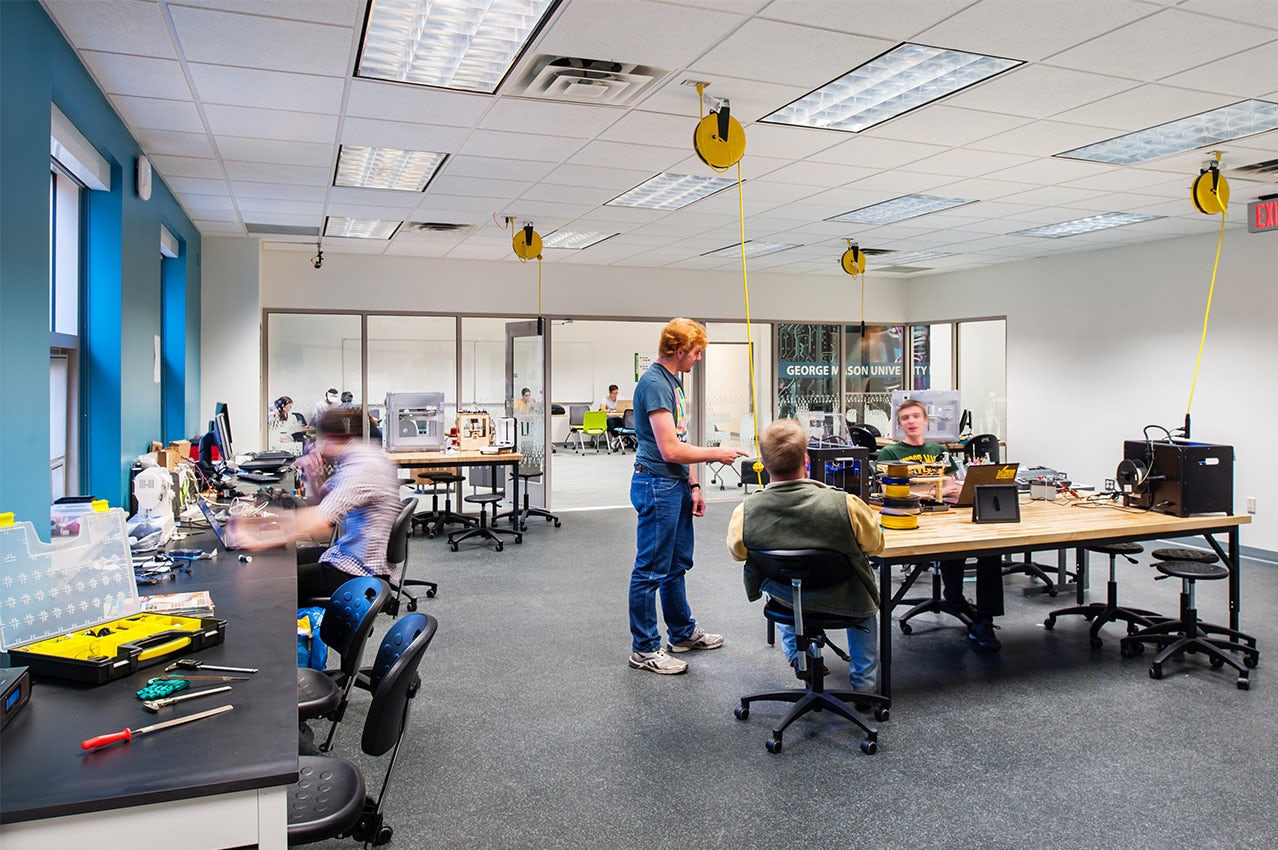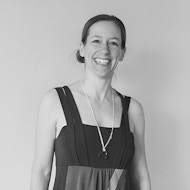…In one corner of the room, a student is building an airplane out of popsicle sticks, pipe cleaners and circuitry. At the center of the room, a small group of students is playing games with geometric blocks that teach them math as part of an interactive game…and just outside the studio window…a team of teachers and students are launching small air-born weather balloons that will collect climate data for a joint project with a team of children in South America….
Hands-on learning isn’t entirely new to effective pedagogical practices. Dr. Maria Montessori’s work at the turn of 20th century Italy adapted traditional teacher-taught subjects in the arts and science so children could use physical materials to guide their open-ended research and to follow their individual interests. The child-centered, hands-on approach characterized by Montessori education continues to influence and evolve programs like STE(A)M, PBL [Project Based Learning], SEL [Social Emotional Learning] and countless practices that tap into a student’s ability to learn through making, testing, sharing and assessing as a tactile feedback loop. Montessori observed that setting up learning environments for hands-on investigation encouraged children to work to a much higher level than most educators thought possible for children from 6-12.
With this long history of interactive learning in place, why do we need to rethink the design of learning environments to enhance hands-on education now?
Because schools are taking hands-on learning to entirely new levels of application and practicality beyond the boundaries of the classroom. And Higher Ed institutions are moving to close the gap between academics and industry by catalyzing real world innovation on campus. And students benefit from opportunities to transform their ideas into viable innovations that make a difference in real world contexts.
It’s a hugely exciting time in education as more and more educators seek to provide places where students can ‘learn-by-making’. Designing learning environments that inspire hands-on learning and experimentation facilitates modes of teaching that include a much wider range of tools and resources. It makes sense that when teachers have ample space, natural daylight, properly designed storage and open work areas available, they are far more likely to create learning opportunities that include ‘making’ and experimentation. While modes of collaborative teaching have radically changed, physical learning environments have a tremendous opportunity for growth.
Makerspaces provide an exciting new role for libraries. Makerspaces of all sizes, shapes and types can be found across the country in both K-12 and Higher Education environments as a response to the rapid rise of the ‘maker movement.’ Quick, low-cost responses to student and teacher requests for both time to explore personal interests [“genius time”] and easy access to a range of materials [like craft supplies, sewing machines, snap circuits, 3D printers, Scratch programming, Lego sets] has produced a whole new breed of library spaces. The need for makerspaces has pushed librarians to transform their existing traditional libraries into active, inquiry-based media centers and maker spaces for science, art and technology explorations.
This next evolutionary step in the conception of the school library as a low-tech/high-tech center also invites library specialists to become facilitators of multidisciplinary project work, design thinking educators and network specialists in a truly student-centered environment. No longer acting as a collection manager in a sedentary space, librarians have an expanded role in the maker movement – guiding students to explore and perform research at a tangible, hands-on level – connecting and engaging them with their passions, interests and the deeper meaning of all their learning opportunities. More importantly, the space and the ‘making’ process reinforce the invitation for students to organize complex ideas and communicate them effectively with others.
The need for new types of learning spaces that provide for the mixing of disciplines and exposure to real-world projects has given rise to spaces like Idea Labs, Innovation Studios, Incubation Hubs, Makerspaces, Sandboxes, Hackspaces and SuperLabs. What unites these new learning spaces are the hallmark traits commonly seen in creative industries: spaces where a team of students can meet up and collaborate; a room lined with writable walls and surfaces, sticky notes and pens; quick access to prototyping tools where students have a variety of supplies and technical resources at their disposal. While testing their ideas, students actively bump into learning curves: the hope is that the space responds by being flexible, re-configurable and active too. This flexibility, combined with great collaborative teaching, creates a recipe for creative exploration and invention – a foundation for innovation.
Visionaries like Dr. Edith Ackermann [a MIT Visiting Research Scientist] and Mitch Resnick [LEGO Papert Professor of Learning Research | Head of Lifelong Kindergarten, MIT Media Lab] who look for ways to use new technologies to enhance the learning experience are changing the way we approach learning in and out of the classroom. Expanding the notion of ‘making’ to capture the opportunities afforded by tinkering with technology is a delightful entry point for re-imagining digital spaces of learning as places of discovery and epiphany.
What’s next? ‘Makerspace’ is defined by what it enables. Re-imagining the design of learning environments to enable collaborative, interdisciplinary teaching and learning facilitates a hands-on approach to learning. Designing for unhindered access to a wide range of analog and digital tools enables students of all ages to apply their creative ability to transform their learning into new possibilities for a future they help create.
Resources + More Information:
d.School | Institute of Design at Stanford

